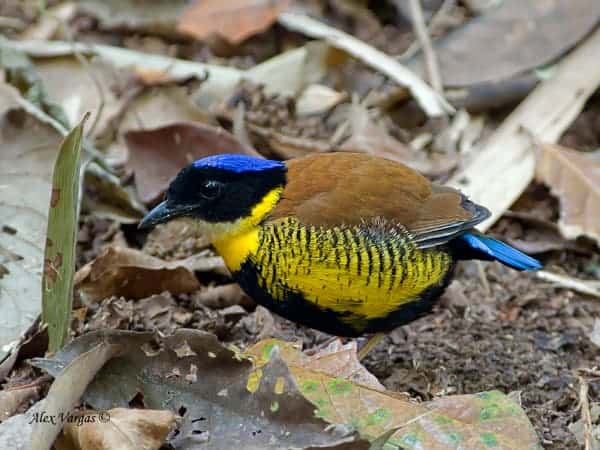
Up to 900 species of tropical land birds around the world could become extinct by 2100, researchers say — a BBC Nature report by Anna-Louise Taylor for BBC Nature News (images in this post by Alex Vargas and Jorge Chinchilla)
The finding is modeled on the effects of a 3.5C Earth surface temperature rise, a Biological Conservation Journal paper shows. Species may struggle to adapt to habitat loss and extreme weather events, author Cagan Sekercioglu says. Mountain, coastal, restricted-range, and species unable to get to higher elevations could be the worst affected. Depending on future habitat loss, each degree of surface warming could affect between 100-500 species, says Mr Sekercioglu, assistant professor of biology at the University of Utah.
“This gives us a clear big picture. The problem is most species in the world are highly sedentary… the public perception is most birds are migratory and so climate change is not a problem for them,” he says.

Mr Sekercioglu says tropical mountain species are among the most vulnerable. He says bird species will need to be able to adapt physiologically to changes in temperature and be able to move to higher altitudes if they are to survive. He says cooler, more humid forests could recede higher up mountains and combined with human settlements at higher altitudes, forest habitat could “get pushed off the mountain“.
This would create “an escalator to extinction” he says.
“Coastal species are also vulnerable – as coastal forest can be sensitive to salinity, and these forests can get hit harder by hurricanes and typhoons, and these events are also expected to increase.”
Birds in extensive lowland forests with few mountains in places such as the Amazon and Congo basins – may have trouble relocating, while tropical birds in open habitats such as savanna, grasslands, scrub and desert face shrinking habitats. Tropical birds in arid zones are assumed to be resilient to hot, dry conditions, but they could suffer if water sources dry out.
Mike Crosby, senior conservation officer in Asia at Birdlife International says: “We know that quite a lot of tropical birds are not very good at dispersing so this could be a big issue in the future if the suitable climate moves several hundred kilometers or even tens of kilometers, some of the birds might not be able to move their ranges sufficiently quickly in response to that. We might have to take novel conservation measures in the future such as translocation of birds from one site to another.”
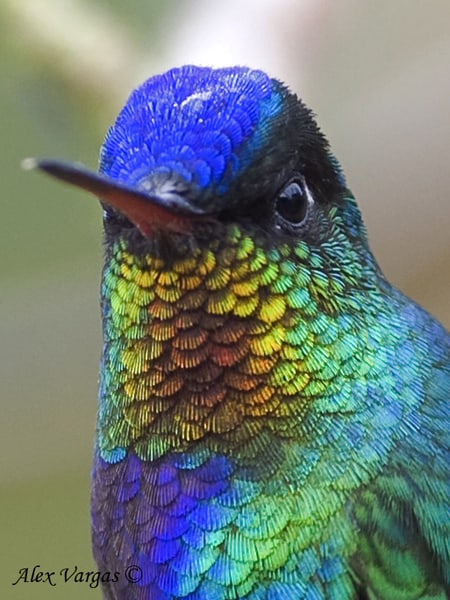
Birds at Risk
-
Some tropical mountain birds such as Venezuela’s scissor-tailed hummingbird and East Africa’s regal sunbird are endemic to their habitats and have limited capacity to move, which could make these species especially vulnerable.
-
Loss of land due to rising sea levels is one of the threats faced by tropical island species. The mangrove finch on the Galapagos Islands, the Abbott’s booby on Christmas Island and Mexico’s Cozumel thrasher are at risk.
-
Hundreds of restricted-range species could be under threat, including the horned guan, the Cochabamba mountain-finch, the red-fronted parrotlet and the blue-eyed ground-dove.
-
Physiological responses to climate change may play a vital role in survival. Open habitat sunbirds in Uganda, like the scarlet-chested sunbird, have a greater ability to tolerate fluctuating temperatures than forest sunbirds.
Best case scenario
The study looked at how manakins, of which there are 45 species in the neotropical region, would cope. Results showed that manakins limited to the lowland habitats of the Amazon and Cerrado in Brazil, would be most affected as they could lose up to 80% of their habitat; as many as 20% of the Cerrado manakin species are expected to go extinct.
Cagan Sekercioglu says: “Manakins show the importance of having a wide tropical area of mid-elevation forests, and being able to move to higher elevation forests.“ He says while overall “birds are one of the least threatened groups of animals” by climate change, “they are the ‘best case’ scenario“… “The findings are likely to be much worse for all other groups of animals,” he says… “We need to be planning protected areas with higher elevations in mind and leave breathing room for endangered species in higher elevation areas,” says Mr Sekercioglu.
Mr Crosby says: “We’ve got to prepare ourselves to be measuring temperature in protected areas, and measuring rainfall, and monitoring what’s happening to species, so that we can respond in the appropriate way. It’s very difficult to predict very precisely what’s going to happen.” He adds that visitors to the region could help protect the birds they travel to see… “People who go bird watching in the tropics can gather very useful data, given that the current data that we have is basically pretty poor in many parts of the world. Amateur bird watchers can really make an important contribution.”
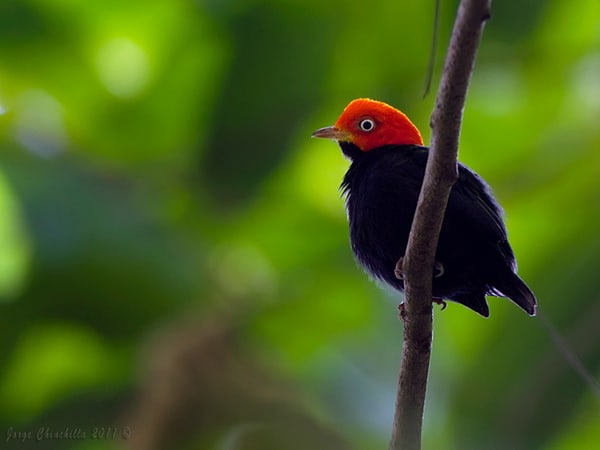
More about manakins
-
There are around 45 species of manakins (Pipridae). They are found almost exclusively in tropical forests.
-
Male club-winged manakins vibrate their wing feathers to create a sustained tonal sound to impress females.
-
Manakins are polygynous birds. Male manakins spend most of their time at leks (groups of males gathering for mating displays), which females visit to choose mates.
-
Male manakins are known for their elaborate courtship displays where they show off their bright plumages.
Original article at BBC Nature following this link:
http://www.bbc.co.uk/nature/17212765
Alex
Alex Vargas
Alex Vargas is one of the best-known bird guides with experience in Latin America, the Caribbean Islands. He originates from Costa Rica, a paradise hosting 4% of the world's biodiversity. Alex is now based in Thailand with his Costa Rican wife and his lovely daughter. Here he spends a good part of his life chasing amazing and exotic birds with a camera in hand. Bird-photography has become his big passion and today he has a growing gallery with birds from several hotspots of the world. Alex has been widely published in books and magazines from around the globe and his video channel is full of jewels!
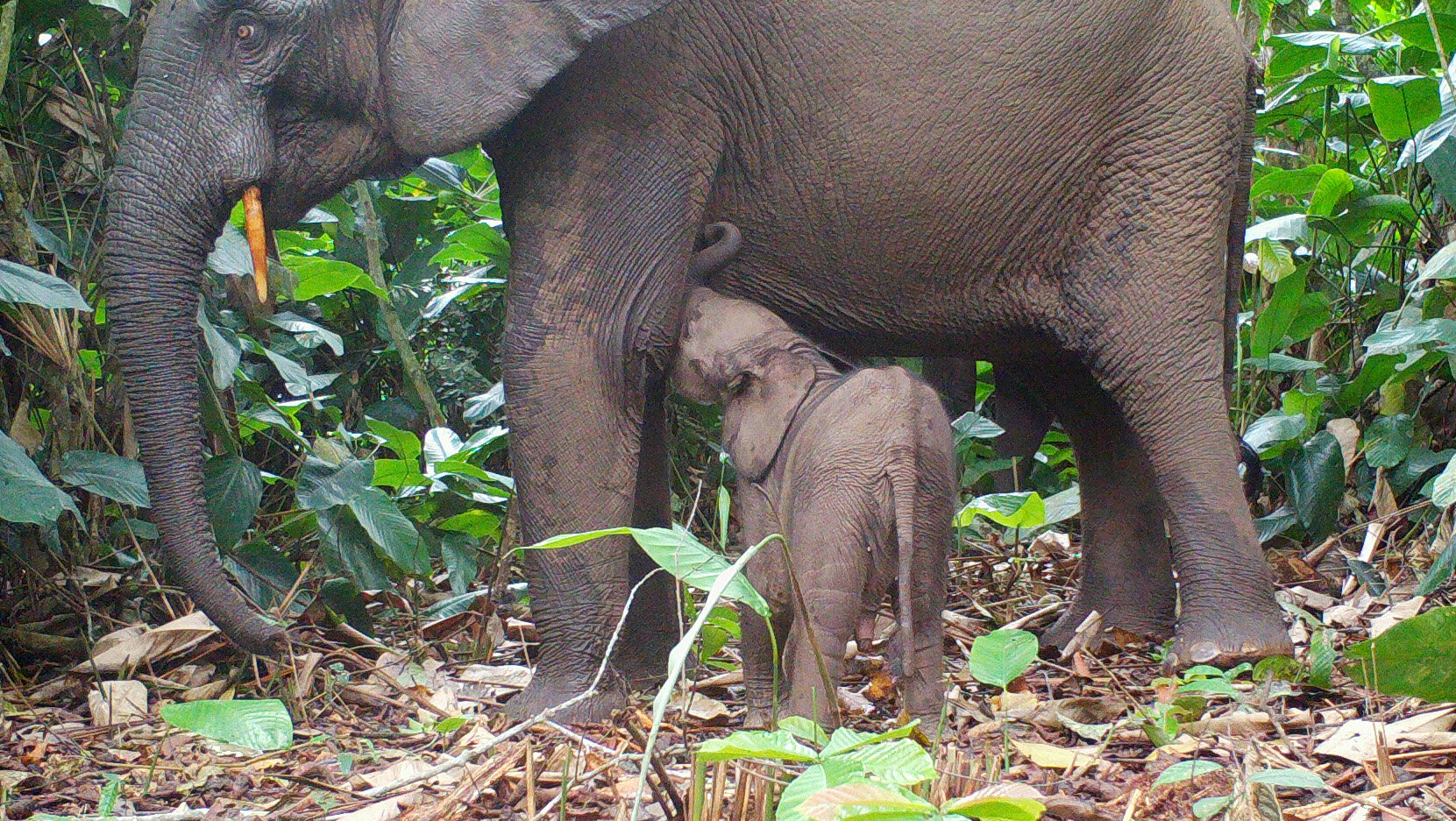
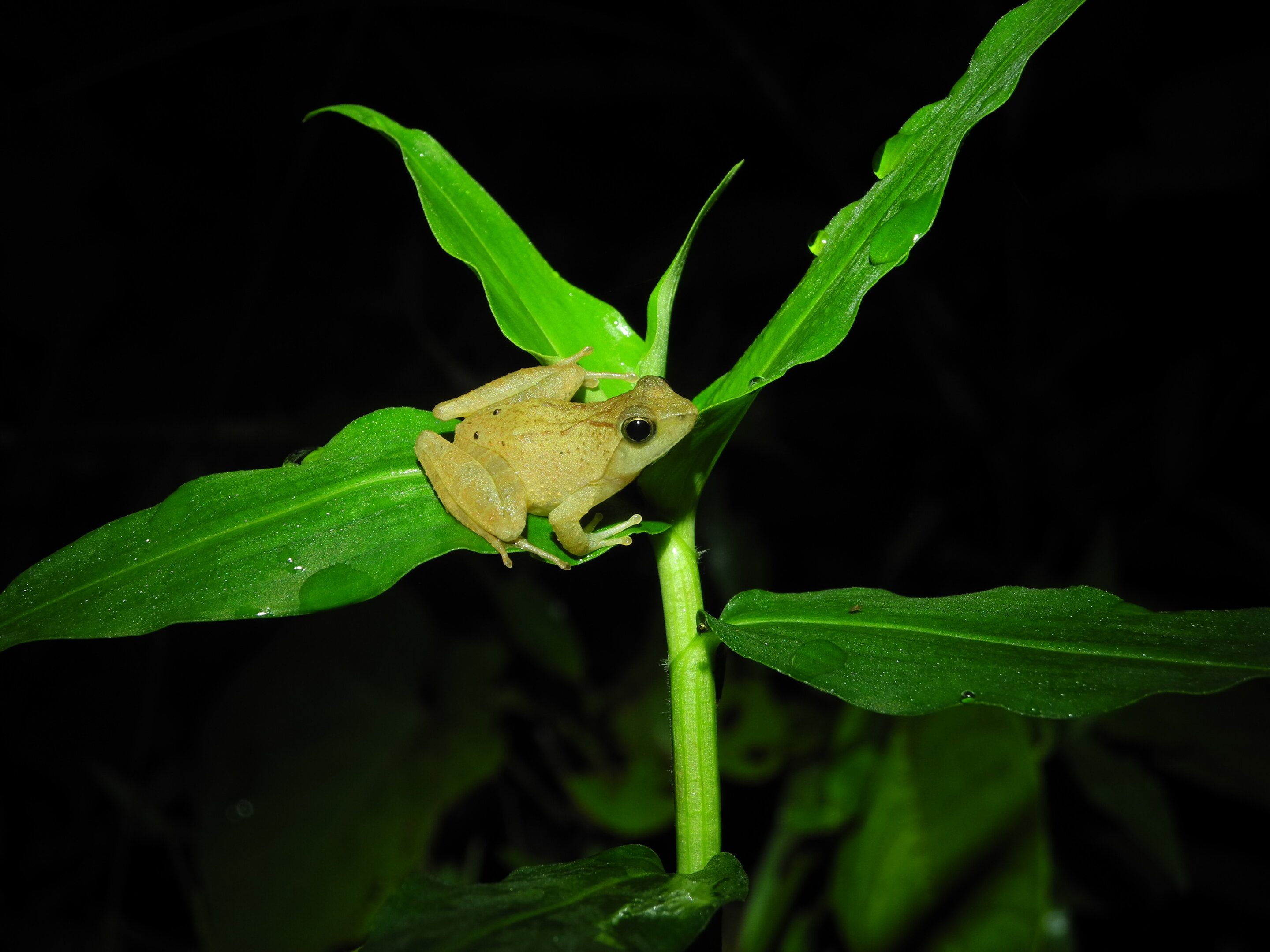

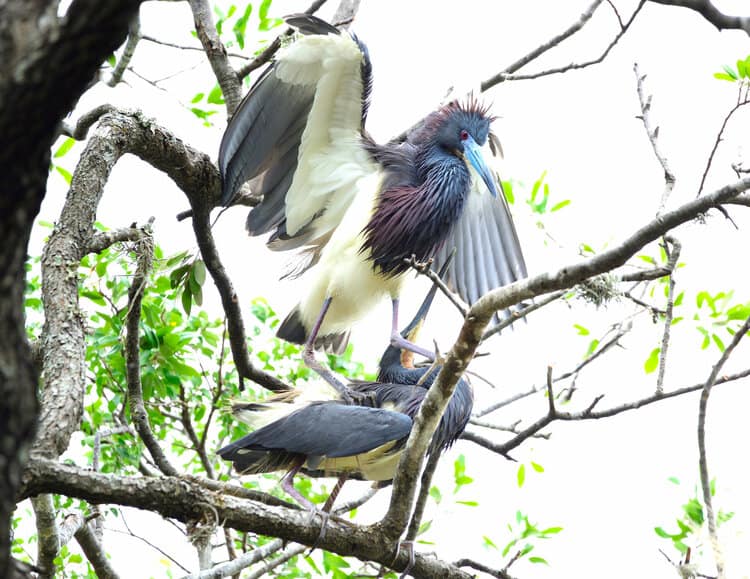
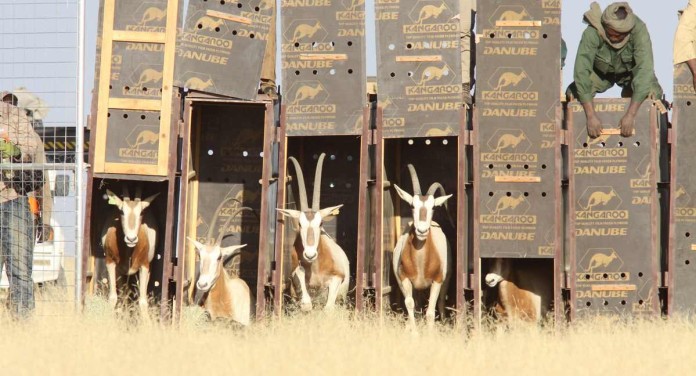

Leave a Reply